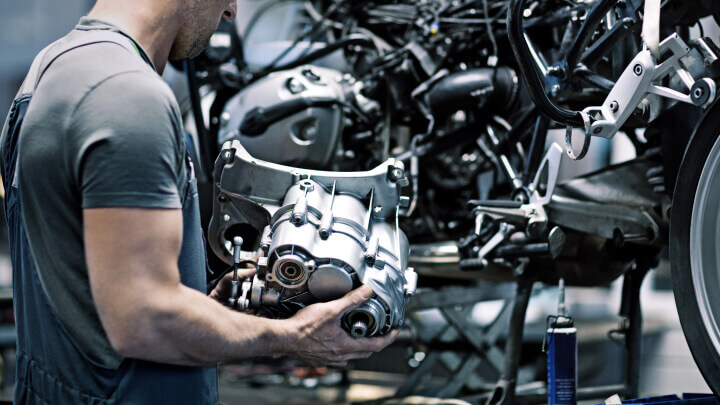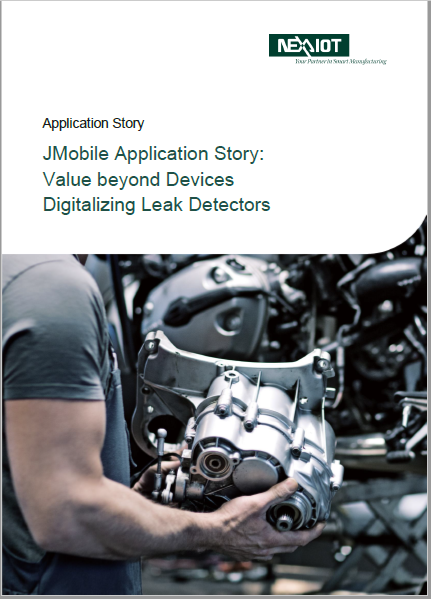
Value beyond Devices - Digitalizing Leak Detectors
Download Now
Background
A manufacturer with a legacy of practical experience and technology, who specializes in electromechanical products for automobiles and scooters, has gained a steady foothold in domestic and foreign automobile scooter markets. The manufacturer’s customers include many major domestic and foreign manufacturers that are highly recognized for their excellent production quality.
Since the automobile and scooter industry has very strict product safety requirements, and in order to provide customers with leading technology and high-quality electric machine products, the manufacturer has continuously instituted the most advanced precision equipment, expanded its production scale, and performed the most stringent production inspections possible. It hopes that having the best-quality equipment and strongest R&D technology can help meet the needs of its customers and users.
Challenges
The main components of a generator are housing, coils, armatures, rectifiers, bearings, and carbon brushes. Of these, the housing’s waterproofing is most important. In order to demonstrate the product’s waterproof performance, the manufacturer needs to use a leak detector to perform tests, which also meets the quality inspection requirements of customers.
For this reason, the manufacturer commissioned an equipment manufacturer to develop detection technology. Usually, this type of machinery is monitored with Labview. However, this is not only costly and decreases control over in-house development, but also does not satisfy owners’ scheduling and budget needs. As a result, equipment manufacturers can only look to local solutions in Taiwan.
Solution
- Industry display monitor: APPD1500T
- PC-based controller: NexBox-Q170-2U
- Visualized software: JMobile
NexAIoT’s HMI and NexBox support PLCs from more than 200 well-known manufacturers and provide effortless monitoring system connectivity. One of the PLCs that the manufacturer’s customers use is Mitsubishi.
In order to avoid situations where systems don’t support the PLC, the equipment manufacturer negotiated with NexAIoT to use NexAIoT’s 15-inch HMI APPD1500T and NexBox-Q170-2U, with JMobile for creating development environments. During the leak detector’s testing process, the housing is first sealed then filled with gas for five seconds, while the leak detector displays the pressure change as a pressure curve on the HMI.
Offering
JMobile, which is inexpensive yet has a wide range of uses, has successfully saved customers approximately 200,000 to 300,000 TWD, as well as giving them a degree of control over in-house development, which can increase the efficiency of leak detection. As always, NexAIoT strives to help customers achieve their goals of effortless development and quick installations.


